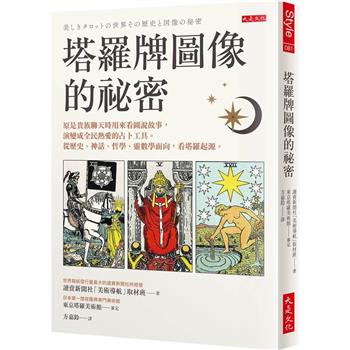Catarino Garza's Revolution on the Texas-Mexico Border rescues an understudied episode from the footnotes of history. On September 15, 1891, Garza, a Mexican journalist and political activist, led a band of Mexican rebels out of South Texas and across the Rio Grande, declaring a revolution against Mexico's dictator, Porfirio D az. Made up of a broad cross-border alliance of ranchers, merchants, peasants, and disgruntled military men, Garza's revolution was the largest and longest lasting threat to the D az regime up to that point. After two years of sporadic fighting, the combined efforts of the U.S. and Mexican armies, Texas Rangers, and local police finally succeeded in crushing the rebellion. Garza went into exile and was killed in Panama in 1895.
Elliott Young provides the first full-length analysis of the revolt and its significance, arguing that Garza's rebellion is an important and telling chapter in the formation of the border between Mexico and the United States and in the histories of both countries. Throughout the nineteenth century, the borderlands were a relatively coherent region. Young analyzes archival materials, newspapers, travel accounts, and autobiographies from both countries to show that Garza's revolution was more than just an effort to overthrow D az. It was part of the long struggle of borderlands people to maintain their autonomy in the face of two powerful and encroaching nation-states and of Mexicans in particular to protect themselves from being economically and socially displaced by Anglo Americans. By critically examining the different perspectives of military officers, journalists, diplomats, and the Garzistas themselves, Young exposes how nationalism and its preeminent symbol, the border, were manufactured and resisted along the Rio Grande.| FindBook |
|
有 13 項符合
Catarino的圖書,這是第 2 頁 |
 |
$ 1917 | Catarino Garza’s Revolution on the Texas-Mexico Border
作者:Young 出版社:Duke University Press 出版日期:2004-07-26 語言:英文 規格:平裝 / 407頁 / 23.4 x 15.5 x 2.5 cm / 普通級  看圖書介紹 看圖書介紹
|
|
|
圖書介紹 - 資料來源:博客來 評分:
圖書名稱:Catarino Garza’s Revolution on the Texas-Mexico Border
|











